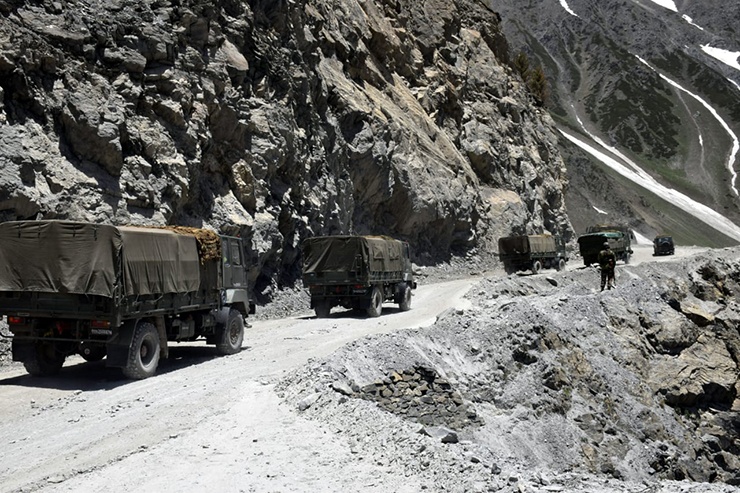
Himalayan Voids and Scenario Painting
The recent India China standoff on the high mountains has brought forth two serious capability voids. One, the C5ISR void resulting in the intelligence failure and two, lack of Light Tanks contributing to chinks in the credible deterrence on the northern borders. Both these are attributable to lack of strategic culture reflected in the absence of a national security doctrine, an operational philosophy, decision paralysis due to status quo mindsets, lack on an institutional approach to capability building and procurement red tape-ism cum lack of professional foresight.
Imagine a scenario when an effective C5ISR forewarned us in April 2020 or even earlier of the well planned Chinese build-up. The decisive leadership forward deploys our Light Tank at Galwan Valley, another lot seen floating in Pangong Tso lake, DBO airfield witnesses low airdrop of light tanks, while some more are battle-ready at other selected places along LAC for executing a Quid Pro Quo option. A combined arm forward deployment in the garb of a training exercise by a combined arms force comprising light tanks, BMP-2, Infantry soldiers and SF, integral attack helicopters of Indian army, light SP gun with logistic resilience, duly supported by “eyes in the sky” and multi-role combat aircraft is showcased. It leaves little doubt that had such an event taken place in April 2020, the Chinaman would have been deterred.
It may now sound like fiction but it could have been a reality if there was a greater focus on time-critical capability building by all decision-makers. Showcasing capability after the threat has shown teeth later in July, has limited payoffs only. The need is for Himalayan capability, credibility and communication generation for effective deterrence, for dominating the time, place, force and information spectrum. Ironically when it was time for this capability showcasing, we got in the mode of discussing the much-avoidable emergency procurement. Indeed decision paralysis leading to capability dialysis at the cost of national security.
While the brave and fierce Indian soldiers will still give the adversary a bloody nose just as at Galwan every time, and the Indian Army stands capable of dealing with the threat, it needs to generate deterrence capability against adversary’s coercion. The art of warfare is to win without fighting which is a factor of effective deterrence and the acme of operational art should deterrence fail is so ensure victory at least cost and minimum time. Paradoxically, the world over the light mobile protected platforms have emerged as a frontline military capability to operate across the entire spectrum of conflict, yet some nations continue to debate endlessly.
Historic Neglect and Wakeup Call
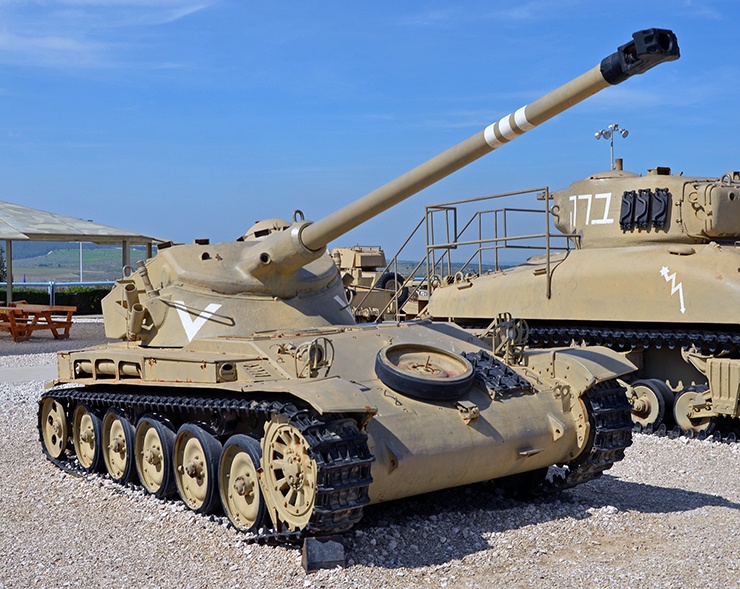
Indian military history is replete with lessons of the efficacy of Light Tanks in the mountains starting with Stuarts in Battle of Zojila 1948 which saved Ladakh being lost to Pakistan and the impact of six airlifted AMX13 Light Tank at Chushul and Nathu La in 1962 which stalled the Chinese advance. Since Independence, there was a maturity in the professional understanding of having a healthy mix of medium and Light Tanks in our inventory. In the Light Tanks, we had Stuart’s (1938 to 1965), Sherman’s (1943 to 1965), AMX-13 (1958 to 1980) and PT- 76 (1965 to 1989) in the inventory. On their being phased out an attempt was made in the 1980s for selection of a Light Tank which even post trials was not followed up. The terrain and mountains haven’t changed, the threat also remains high in the Himalayas, the medium tanks have their limitations, technology infusion has changed the complexion of “heavier the better” syndrome, so why the decision paralysis.
Idealistic “one size fits all” solution based on a medium tank is not a realistic operational assessment. The issue has been debated repeatedly till the proverbial cows come home, yet despite “In Principle Approvals” the Light Tank remained an illusion for reasons beyond professionalism by those lacking comprehension and foresight. It could well be a case study like many other procurement cases of matters neglect. Yet it’s still a wakeup call even now. The Chinaman is here to stay and grow more belligerent with each passing day. So may good sense must prevail for us to learn our lessons and address capability voids expeditiously.
Demystifying Light Tank – Myths and Realities
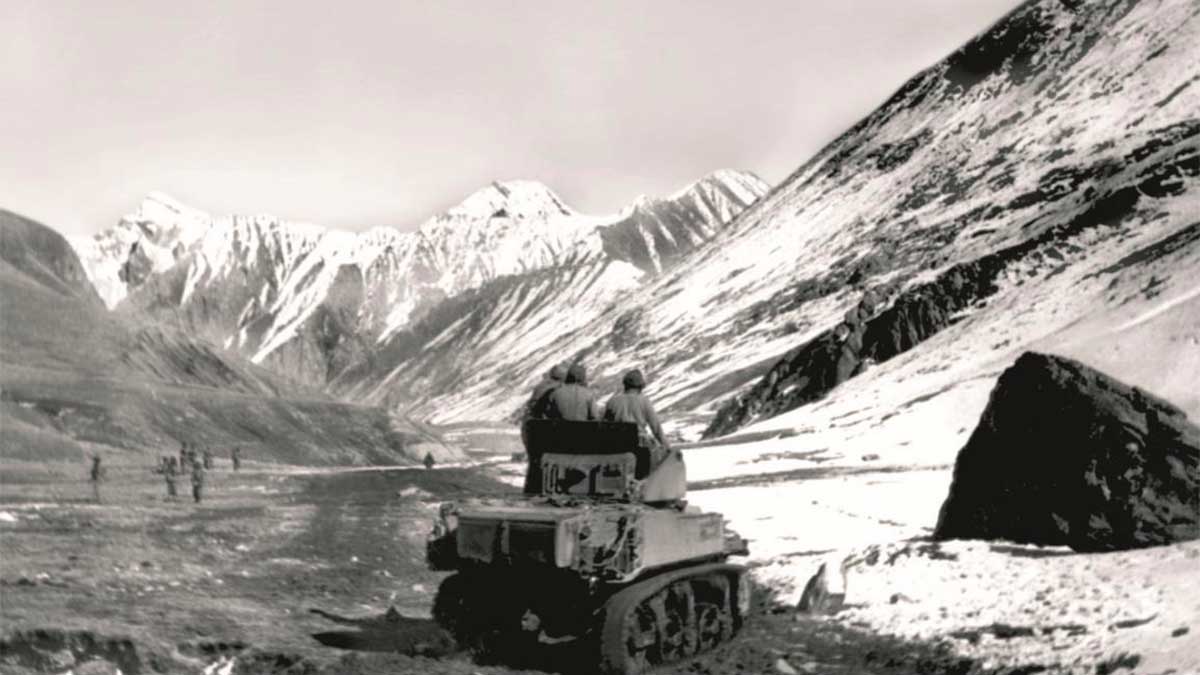
The primary mission is to deliver attack capability to the infantry troops. It encompasses rapidly closing with and destroys enemy forces and thereby preserves freedom of manoeuvre for Infantry formations, in all weather and visibility conditions. It could be a game-changer for infantry units and fill the lethality gap that exists today. It is also suited for reconnaissance operations. The employment of light tank in northern borders both in Ladakh and Eastern theatre lies in its advantage both in defensive and offensive operations. It could augment defence potential and enhance reaction capability during a defensive battle to stymie enemy intrusions or stall an offensive. In offensive operations, it would add punch to limited offensive or Quid Pro Quo operations into enemy territory as part of the combined arms team. Thus, it is obvious that a Light Tank must complement the existing medium category tanks like T 72 and T 90 to operate in those areas where the medium category tanks can’t reach or lack requisite mobility. Adequate such defined avenues exist for light tank employment to be a game-changer. Besides marginal terrain on our western front, defence of island territories, amphibious operations and out of area contingencies also favours light tank employment.
How light is light and how heavy is heavy? Nowadays the term light and medium often tend to be interchangeable. The basic question is often lost in figurative assessments of tonnage which is myopic. The utility of a fighting platform lies in its deployability, employability and capability to operate in operational terrains like the Himalayan passes, plateaus and water bodies. A light tank basic weight classification lies in its strategic, operational and tactical mobility to operate as a lethal mobile amphibious platform with reasonable survivability (multi-layered protection) against envisaged threats.
The key advantage by low weight it accrues is in strategic mobility to be air portable in larger numbers and ideally low altitude para extraction, operational mobility to sidestep intra and inter sector based on tank transporters and own steam over low classification bridges and tactical mobility to manoeuvre effectively through narrow passages with small turning radius independently. Its amphibious capability further gives it the mobility advantage over medium category tank. Thus features like high power to weight, the power to space ration, low nominal ground pressure, small turning radius and state of the art transmission for agility are imperative. A smaller platform also reduces the maintenance requirements, fuel consumption, and overall target signature.
On the lethality front, again perception of limited lethality of yesteryears, devoid of technological advancements, blur its efficacy. A Light Tank is today capable of generating lethality like a medium category tank including high calibre main gun and tube fired an anti-tank missile with advance fire control system. Secondary armaments also exist to support machine gun engagements for ground targets as well as for aerial targets. The most important distinct advantage is high angle firing ability which is not there in a medium category tank.
Another myth is heavier the better protection. Protection technology and multi-layered survivability based on basic light wear composite passive armour has lower weight penalty. Besides add on configurable armour like ERA panels and passive, active protection systems combined with threat warning systems gives the requisite survivability.
Options for Capability Generation
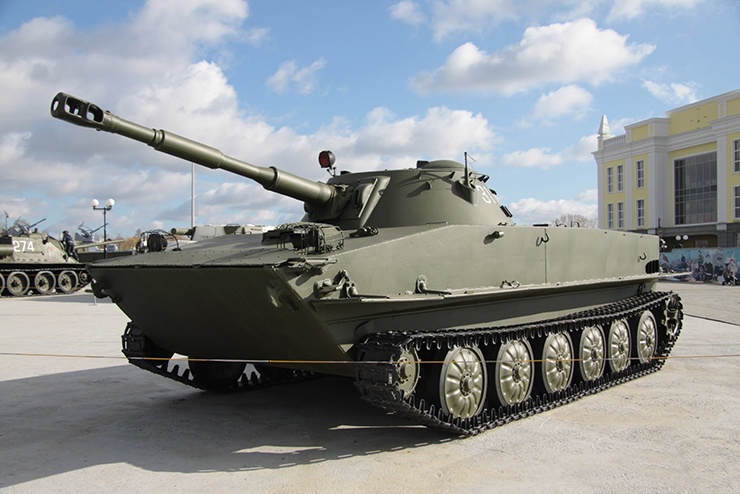
There have been repeated half-hearted attempts to procure Light Tank over three decades since 1983. These include the trials of three Light Tanks as replacement of PT-76, 1999 RFI for 200 wheeled and 100 track Light Tanks, the adhoc (Indian Jugad) DRDO stand-alone effort of putting a 105mm gun on a BMP-2 chassis which miserably failed and not long ago in 2017 the “In-Principle Approval” at SHQ level for pursuing the case for a mountain tank. Unfortunately, none were pursued to their logical end.
Thus the Catch 22 situation of time-critical emergency procurement in the face of Chinese threat knocking on our doors. The option narrows down to a G to G procurement aiming at bridging capability void ASAP, based on the defined operational requirement, existing platform matching and at a reasonable cost. The focus would also entail ensuring commonality to in-service equipment for logistic sustainability and transfer of add on technology. Unfortunately attendant with fast track and emergency procurement aimed at quick supply is the cost escalation factor. The capability for making a Light Tank does exist with the Indian Defence Industry. However, there would be a development time penalty cost with no assurances of success, which may lead to delayed capability manifestation. Some progress has already been made through local initiative like by OFB which has developed a virgin indigenous chassis for the Light Tank and thus holds a promise for an indigenous solution. This effort could be fast-tracked and result in a tailor-made solution to user specifications.
Conclusion
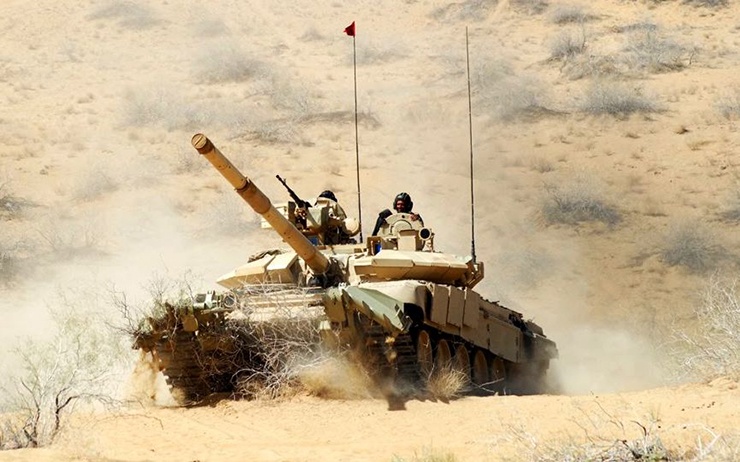
The present requirement of Light Tanks has been endlessly debated, albeit more often than not with ill-conceived fixations to the medium tank and technological thresholds of yesteryears Light Tank. Although its operational payoffs particularly in our Northern Borders has been repeatedly but unfortunately has not translated into any measurable outcomes, with technology now permitting and evolution of next-generation Light Tanks in the battle-space, the time has come to review our ‘one size fits all’ medium tank solution. The need is to revert to a mix of medium and Light Tanks to meet emerging threats and generate future capability to fight the next war differently.
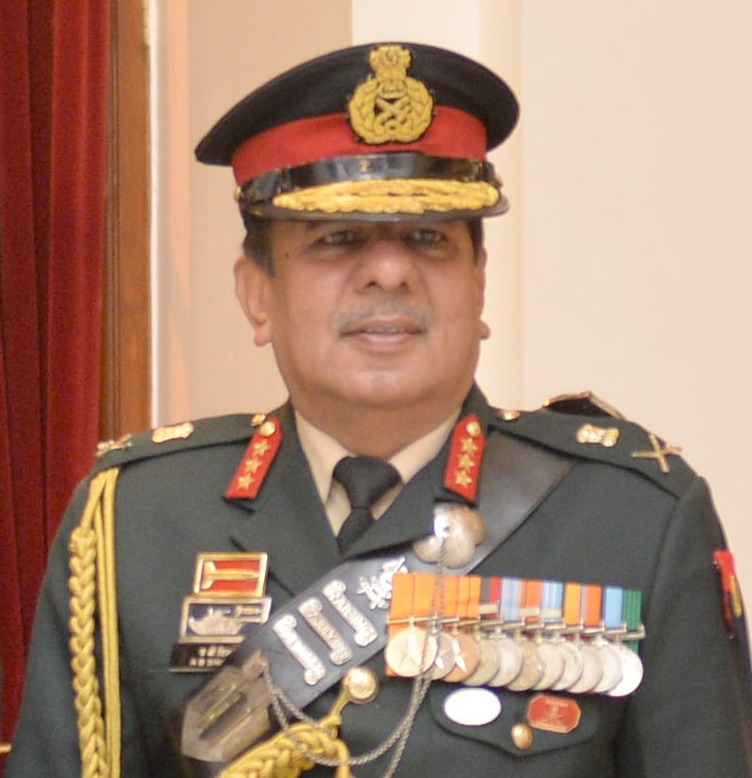
-The writer is former DG Mechanised Forces and has served in various prestigious staff and command appointments. He was the architect to initiate process for reintroduction of Light Tank and Chairman on the study on C5ISR for Indian Army. He is a reputed defence analyst, a motivational speaker and prolific writer on matters military, defence technology and national security. Views expressed are personal and do not necessarily reflect the views of Raksha Anirveda








